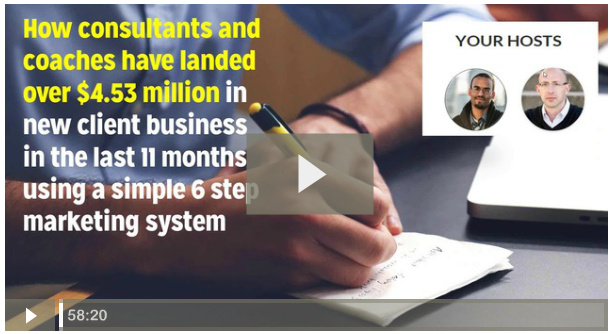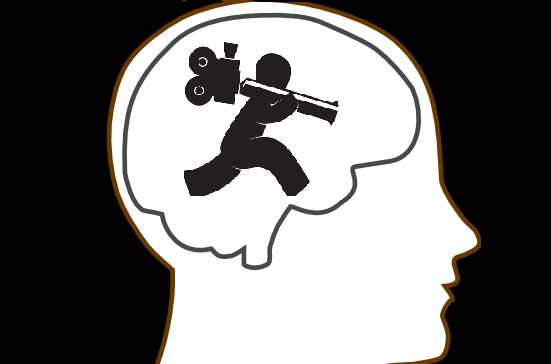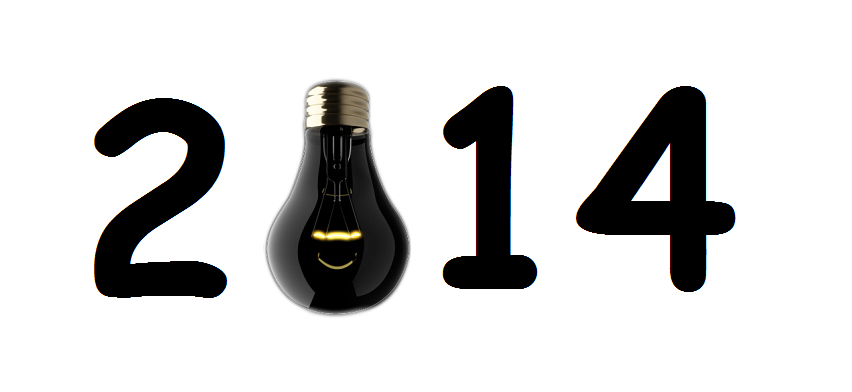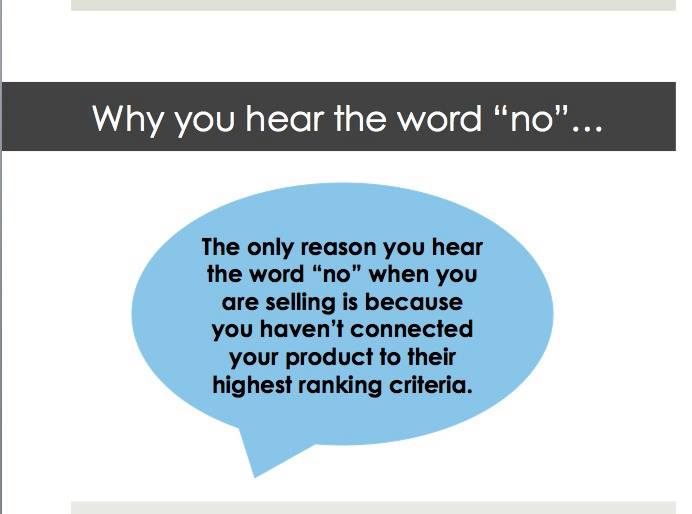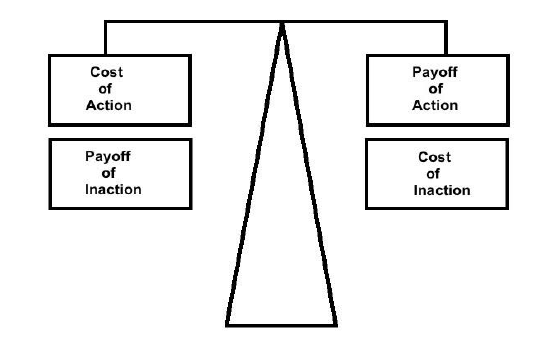I hope you enjoyed the webinar I did with Michael Zipursky (CEO of Consulting Success) yesterday as much as I did. If you missed it, or just want to watch again, check out the replay here.
Michael explained step-by-step how consultants and coaches can set up a marketing system to consistently attract more clients.
At the end, he offered a way for you to get help with your marketing for free. You see, Michael runs a coaching program where he teaches and guides you to create your own marketing system. And if you were paying attention to the case studies, his students often get massive results — almost immediately.
If you’re interested in talking with a top expert about your marketing and getting help to attract more clients, take action on Michael’s generous offer. This complimentary call is available on a “first come, first served” basis, and his schedule tends to fill up pretty quickly.
Request your marketing strategy call here:
http://www.consultingsuccess.com/donnie
My 2 Big Takeaways
1) Authority is as long-term strategy.
You may have noticed on the image above that Authority is the LAST step in the process. That’s almost the opposite of what you hear other experts say. The standard advice is to establish your authority right away, then you can start charging premium prices, etc.
Mr. Zipursky looks at it differently. He teaches his clients to take the long-view on authority. Yes, you should always be working on it, but a perceived lack of authority should never stop you going after what you want, making the biggest, boldest promises you can make (as long as you can deliver) and setting fees commensurate with the value you provide.
It reminded me of Robert Ringer’s book, Winning Through Intimidation. You don’t necessarily have to be the #1 expert to do great work. Always look for opportunities to provide the highest level of value you’re capable of delivering — to the clients who will benefit most and pay you accordingly. If you’re good enough to play in the “big leagues,” step on the field. Don’t worry about “paying your dues.”
2) There is a price for staying where you are.
We probably don’t think about business (or life) this way. We think of progress as moving upwards, mistakes and failures as going downward, and moving forward in a straight line when things aren’t changing.
During the webinar, Michael demonstrated how much we sacrifice when we don’t work with our ideal clients, on our ideal projects, on our terms. When we’re not charging as much as we’re worth, we’re throwing time and money away with every deal we sign.
If you’re not going up, you’re slipping down.
There’s also a price associated with progress. But isn’t success worth paying the cost?

